The federal government has released its latest plan to plant two billion trees by 2030. Ottawa has tasked Natural Resources Canada (NRCAN) with the job and it has given it a decade to finish. According to the latest figures, NRCAN expects its partners to plant 30 million trees this year and double that number next year, ramping up to 300 million trees per year by 2027. “I think that’s important for Canadians to understand that the program is on track,” Natural Resources Minister Jonathan Wilkinson told CBC News. “But it’s also important for them to be able to track progress going forward, to ensure that we’re doing what we said we were going to do.” …The department launched its second round of funding applications for interested organizations, municipalities and governments on Thursday. According to the government, the first round saw Ottawa sign agreements with at least 59 organizations worth more than $21 million.




 Planting two billion trees across the country will help Canada’s efforts to tackle the twin crises of climate change and biodiversity loss. Trees capture and store carbon from the atmosphere, improve air and water quality, support biodiversity and create and support thousands of good jobs. That is why today, Canada’s Minister of Natural Resources, the Honourable Jonathan Wilkinson, announced that Canada is launching the next call for proposals toward our commitment to plant two billion trees. … [T]his call for proposals will result in long-term agreements with eligible partners from across the country, including municipalities, non-profit organizations, and Indigenous communities and organizations, and build a strong foundation for the ramp up of tree planting efforts. Specifically, it will support two different types of projects: tree planting projects and capacity building projects. Together, these will help Canada realize its 10-year target.
Planting two billion trees across the country will help Canada’s efforts to tackle the twin crises of climate change and biodiversity loss. Trees capture and store carbon from the atmosphere, improve air and water quality, support biodiversity and create and support thousands of good jobs. That is why today, Canada’s Minister of Natural Resources, the Honourable Jonathan Wilkinson, announced that Canada is launching the next call for proposals toward our commitment to plant two billion trees. … [T]his call for proposals will result in long-term agreements with eligible partners from across the country, including municipalities, non-profit organizations, and Indigenous communities and organizations, and build a strong foundation for the ramp up of tree planting efforts. Specifically, it will support two different types of projects: tree planting projects and capacity building projects. Together, these will help Canada realize its 10-year target.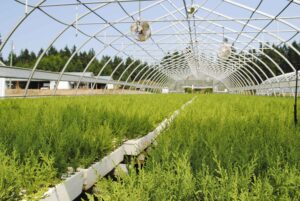 The government is planning to plant up to 320 million trees a year to meet the prime minister’s target to put an extra two billion trees in the ground by 2030. Natural Resources Minister Jonathan Wilkinson on Thursday launched a recruitment drive to find tree planters – including farmers, Indigenous communities and non-profit organizations – to plant millions of extra trees a year. The move follows sharp criticism of delays in the tree-planting plan which was promised by the Prime Minister during the 2019 election campaign. An access-to-information request by The Canadian Press found that, up until mid-November, only 8.5 million trees had been planted – less than half a per cent of the trees Trudeau pledged to put in the ground. During the 2019 election, Justin Trudeau promised to plant two billion trees within 10 years. Natural Resources blames the slow start on a lack of seedlings, which can take between two to three years to grow.
The government is planning to plant up to 320 million trees a year to meet the prime minister’s target to put an extra two billion trees in the ground by 2030. Natural Resources Minister Jonathan Wilkinson on Thursday launched a recruitment drive to find tree planters – including farmers, Indigenous communities and non-profit organizations – to plant millions of extra trees a year. The move follows sharp criticism of delays in the tree-planting plan which was promised by the Prime Minister during the 2019 election campaign. An access-to-information request by The Canadian Press found that, up until mid-November, only 8.5 million trees had been planted – less than half a per cent of the trees Trudeau pledged to put in the ground. During the 2019 election, Justin Trudeau promised to plant two billion trees within 10 years. Natural Resources blames the slow start on a lack of seedlings, which can take between two to three years to grow.


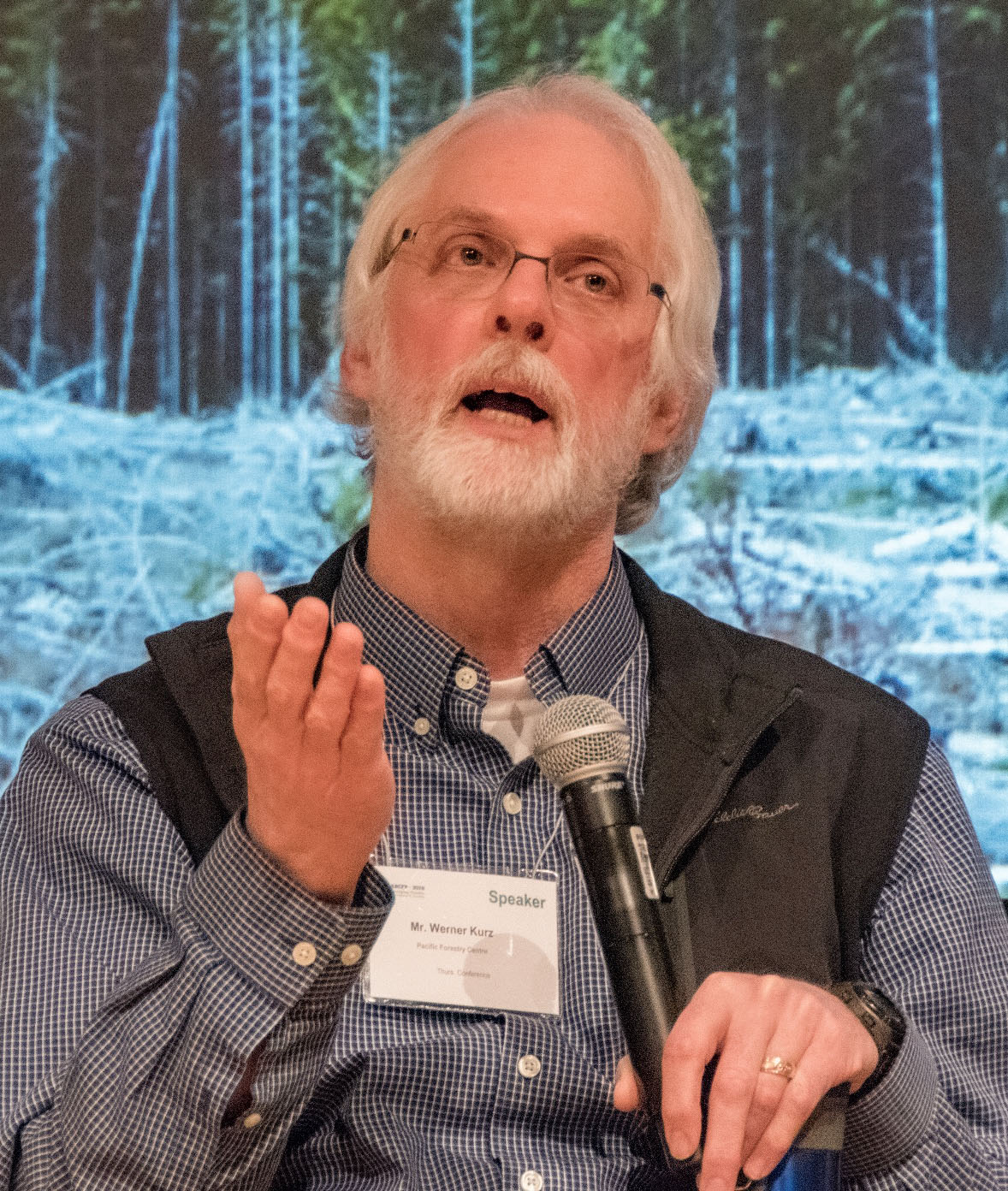
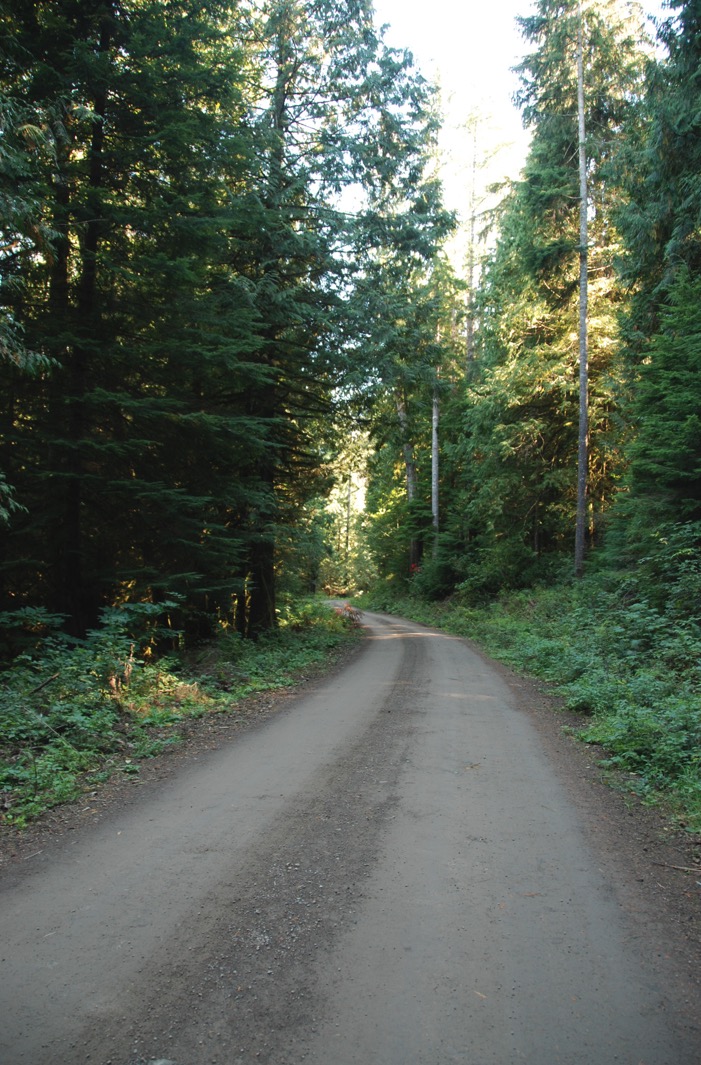 About 23 years ago, a group of people from around town were instrumental in forming the Creston Valley Forest Corporation (Creston Community Forest) to manage our watershed and forest locally. …Since that time, our forest has come to mean a lot to the 16,000 people of the Creston Valley. …Nature and well managed forests are essential in reducing atmospheric carbon and greenhouse gases. …Our forest is not the only one. There are more than 50 community forests in our province. Would it not be a wonderful thing if there were many more of these community-led forests in our province and throughout this land we call Canada/Turtle Island? After all, our prime minister has promised 30 by 30, with 30 per cent of our lands and waters to be protected by 2030. This may go a long way to meeting that goal. Who cares more about the forests than the people who live and play in them?
About 23 years ago, a group of people from around town were instrumental in forming the Creston Valley Forest Corporation (Creston Community Forest) to manage our watershed and forest locally. …Since that time, our forest has come to mean a lot to the 16,000 people of the Creston Valley. …Nature and well managed forests are essential in reducing atmospheric carbon and greenhouse gases. …Our forest is not the only one. There are more than 50 community forests in our province. Would it not be a wonderful thing if there were many more of these community-led forests in our province and throughout this land we call Canada/Turtle Island? After all, our prime minister has promised 30 by 30, with 30 per cent of our lands and waters to be protected by 2030. This may go a long way to meeting that goal. Who cares more about the forests than the people who live and play in them?


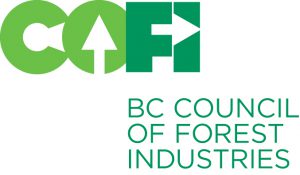 “We are proud to support and celebrate these future leaders of the forest industry as they pursue their educational journeys and careers” said Susan Yurkovich, President & CEO of COFI. “These students will play a vital role in B.C.’s forest industry, helping ensure we continue to keep our forests healthy and produce carbon-friendly products that are good for the planet.” … “[They] will have the opportunity to play an integral role in moving the industry forward. From forest technicians to data analysts, and everything in between, these students will bring creative and innovative ideas and solutions to B.C.’s forest sector.” This year, COFI was pleased to partner with the New Relationship Trust Foundation to provide funding for three Indigenous students who are pursuing careers in the forest sector.
“We are proud to support and celebrate these future leaders of the forest industry as they pursue their educational journeys and careers” said Susan Yurkovich, President & CEO of COFI. “These students will play a vital role in B.C.’s forest industry, helping ensure we continue to keep our forests healthy and produce carbon-friendly products that are good for the planet.” … “[They] will have the opportunity to play an integral role in moving the industry forward. From forest technicians to data analysts, and everything in between, these students will bring creative and innovative ideas and solutions to B.C.’s forest sector.” This year, COFI was pleased to partner with the New Relationship Trust Foundation to provide funding for three Indigenous students who are pursuing careers in the forest sector.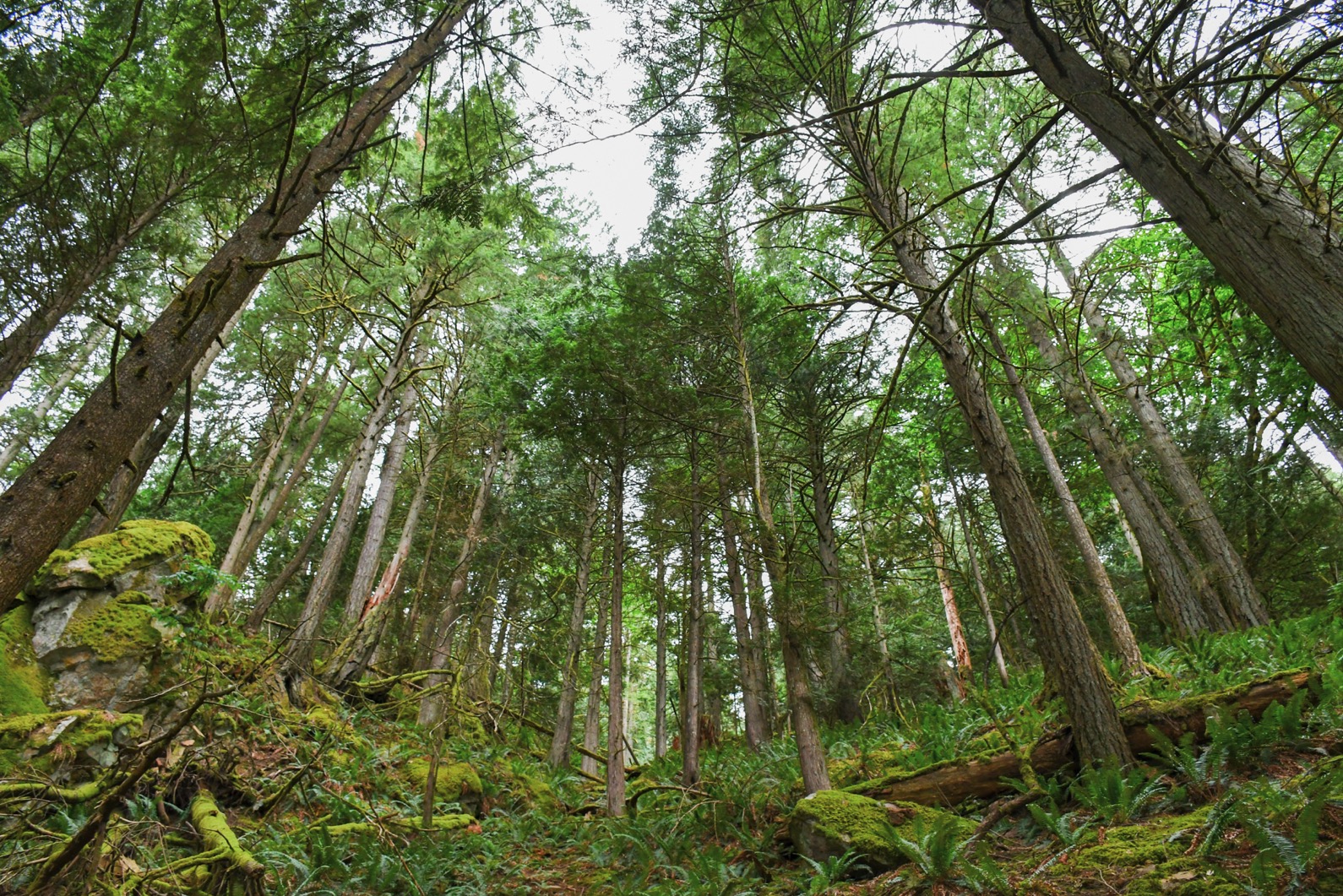 A majority of B.C. residents want the government to do more to conserve nature such as better protection of old-growth forest, suggests a new poll released Thursday. The survey, conducted by Nanos Research for the Yellowstone to Yukon Conservation Initiative, found 74 per cent of B.C. adults polled said creating jobs and conserving nature should be done in balance, while 15 per cent said conserving nature should be the main focus and 10 per cent said economic development should be the main focus. The same number (74 per cent) say they would be more likely to support the government in the next election if it did more to work with First Nations to protect old-growth forest in B.C. … That’s compared with 17 per cent who said they don’t support new restrictions of forestry development and nine per cent who were unsure.
A majority of B.C. residents want the government to do more to conserve nature such as better protection of old-growth forest, suggests a new poll released Thursday. The survey, conducted by Nanos Research for the Yellowstone to Yukon Conservation Initiative, found 74 per cent of B.C. adults polled said creating jobs and conserving nature should be done in balance, while 15 per cent said conserving nature should be the main focus and 10 per cent said economic development should be the main focus. The same number (74 per cent) say they would be more likely to support the government in the next election if it did more to work with First Nations to protect old-growth forest in B.C. … That’s compared with 17 per cent who said they don’t support new restrictions of forestry development and nine per cent who were unsure. The Province is making progress on the recommendations of the Old Growth Strategic Review Panel … finalizing deferrals with those First Nations that indicated support for immediately deferring harvest of at-risk old growth forests, continuing discussions with those that requested more time before making a decision, and ensuring that comprehensive supports are in place for workers and communities that may be impacted. … [R]esponses were received by 161 First Nations. Almost all First Nations that responded expressed interest in engaging with the Province on old-growth management. … The Province is working to finalize deferrals with First Nations that indicated support for immediate deferrals. Deferrals can be implemented … by licensees agreeing to voluntarily pause harvest or by a minister’s order under Part 13 of the Forest Act, rescinding approved permits and preventing new permits from being issued.
The Province is making progress on the recommendations of the Old Growth Strategic Review Panel … finalizing deferrals with those First Nations that indicated support for immediately deferring harvest of at-risk old growth forests, continuing discussions with those that requested more time before making a decision, and ensuring that comprehensive supports are in place for workers and communities that may be impacted. … [R]esponses were received by 161 First Nations. Almost all First Nations that responded expressed interest in engaging with the Province on old-growth management. … The Province is working to finalize deferrals with First Nations that indicated support for immediate deferrals. Deferrals can be implemented … by licensees agreeing to voluntarily pause harvest or by a minister’s order under Part 13 of the Forest Act, rescinding approved permits and preventing new permits from being issued.
 VICTORIA — The British Columbia government says it is finalizing plans with First Nations that have indicated support for plans to defer logging in certain old-growth forests, while it continues talks with nations that need more time to decide. The province announced last month that an expert panel had mapped 26,000 square kilometres of old-growth forests at risk of permanent biodiversity loss. It asked more than 200 First Nations in B.C. to decide within 30 days whether they supported deferrals in those areas or if the plan required further discussion. The Forests Ministry released a statement Thursday saying it had received responses from 161 nations, with nearly three-quarters indicating they need more time to review technical information or to incorporate local Indigenous knowledge into the proposed deferral plans before making a decision. …Many forestry companies have indicated they will not proceed with harvesting those areas while discussions with First Nations are ongoing, the ministry added.
VICTORIA — The British Columbia government says it is finalizing plans with First Nations that have indicated support for plans to defer logging in certain old-growth forests, while it continues talks with nations that need more time to decide. The province announced last month that an expert panel had mapped 26,000 square kilometres of old-growth forests at risk of permanent biodiversity loss. It asked more than 200 First Nations in B.C. to decide within 30 days whether they supported deferrals in those areas or if the plan required further discussion. The Forests Ministry released a statement Thursday saying it had received responses from 161 nations, with nearly three-quarters indicating they need more time to review technical information or to incorporate local Indigenous knowledge into the proposed deferral plans before making a decision. …Many forestry companies have indicated they will not proceed with harvesting those areas while discussions with First Nations are ongoing, the ministry added.




 New atmospheric research has found melting sea ice in the Arctic increases the risks for wildfires on the West Coast. Northwest researchers have found climate conditions in one part of the world can cause climate changes far away. Specifically, melting sea ice can be an important predictor for wildfire risks in the Northwest, said Hailong Wang, a research scientist at Pacific Northwest National Laboratory and co-author of the study, published this October in the journal Nature Communications. Research shows extreme weather in one part of the globe can cause weather shifts far, far away. This phenomenon is known as teleconnection, Wang said. “We have one earth. The whole climate system is connected,” Wang said. Normally, sea ice in the Arctic reflects some of the sun’s rays.
New atmospheric research has found melting sea ice in the Arctic increases the risks for wildfires on the West Coast. Northwest researchers have found climate conditions in one part of the world can cause climate changes far away. Specifically, melting sea ice can be an important predictor for wildfire risks in the Northwest, said Hailong Wang, a research scientist at Pacific Northwest National Laboratory and co-author of the study, published this October in the journal Nature Communications. Research shows extreme weather in one part of the globe can cause weather shifts far, far away. This phenomenon is known as teleconnection, Wang said. “We have one earth. The whole climate system is connected,” Wang said. Normally, sea ice in the Arctic reflects some of the sun’s rays.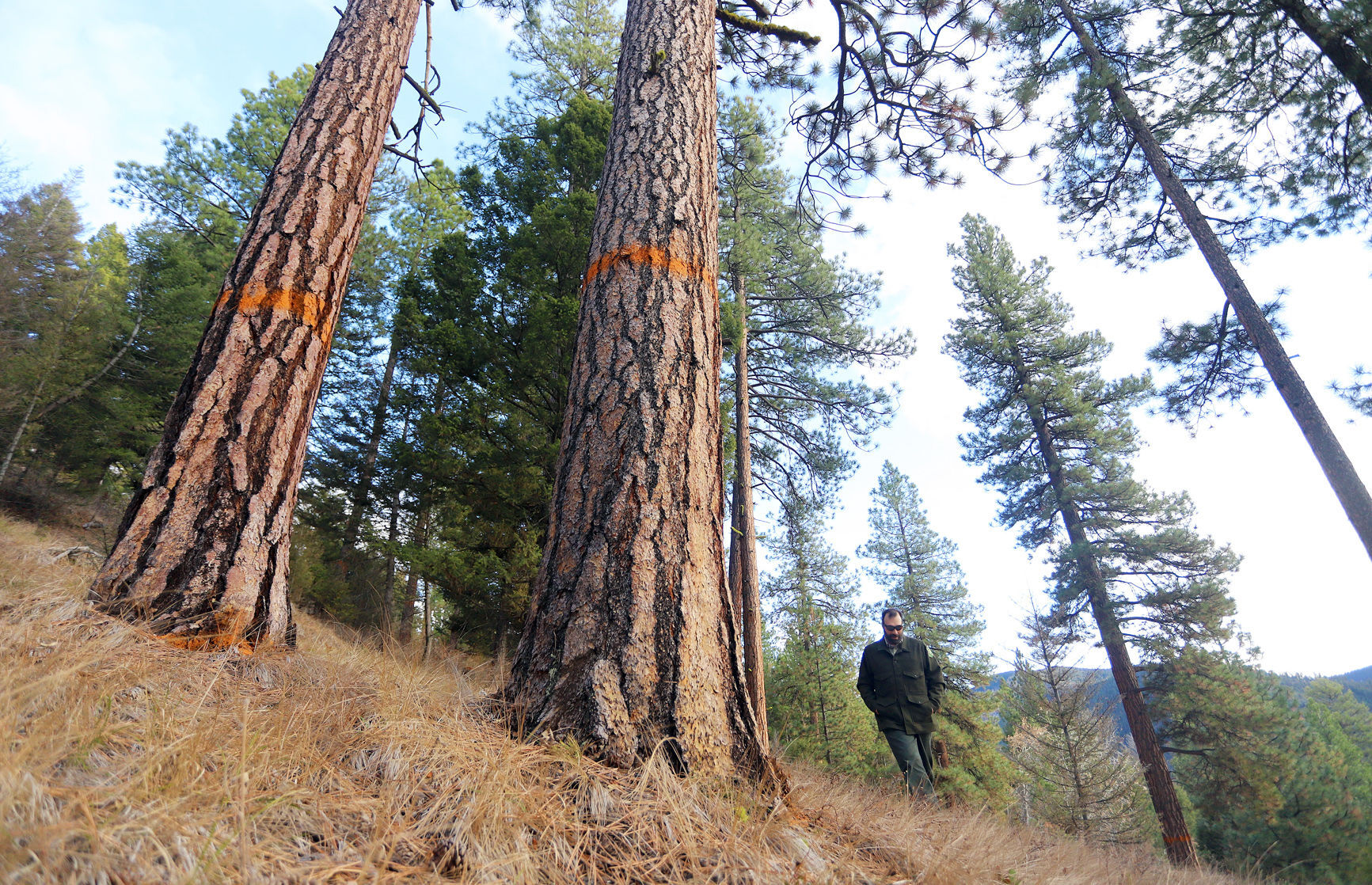
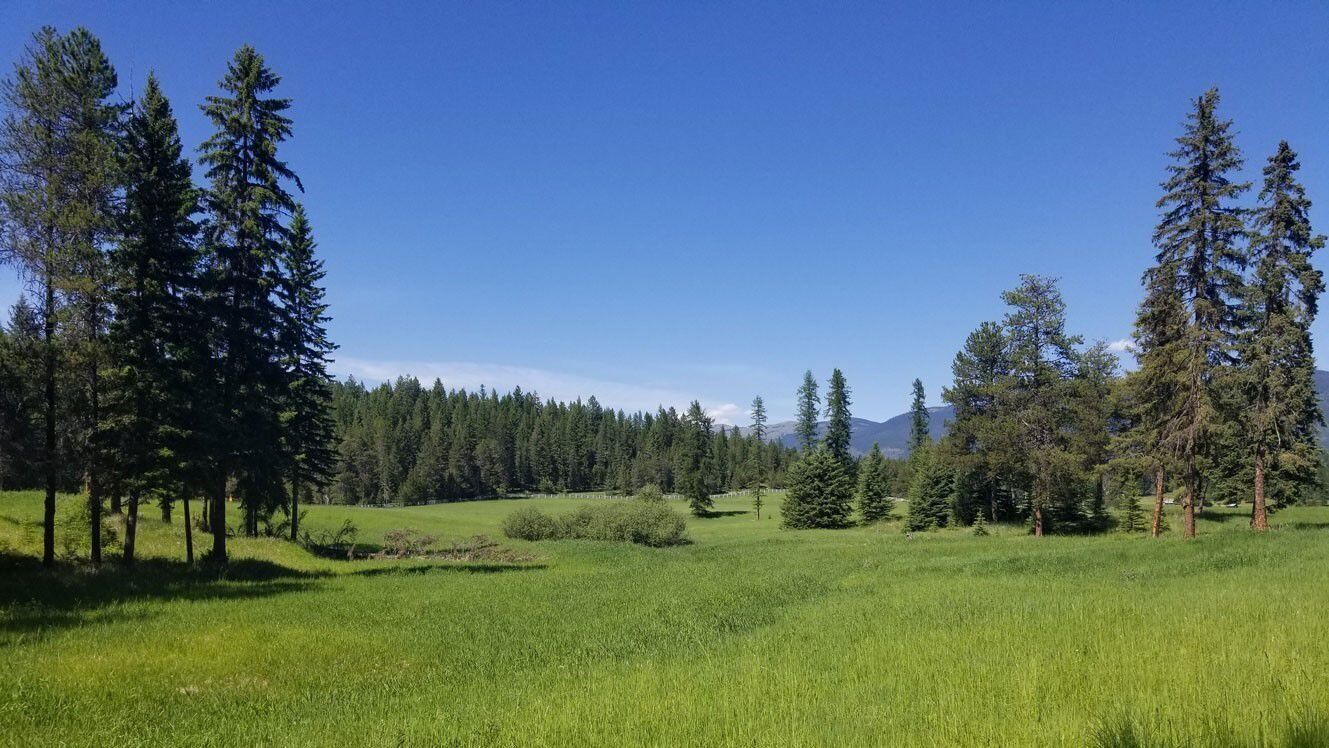

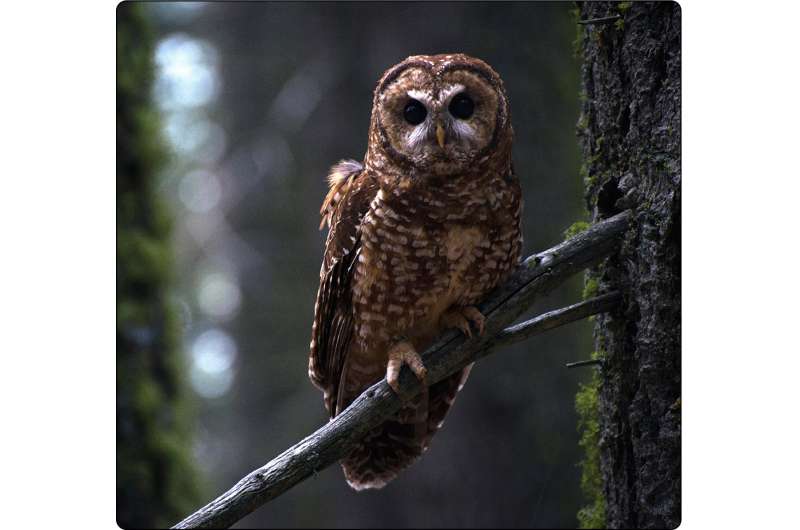
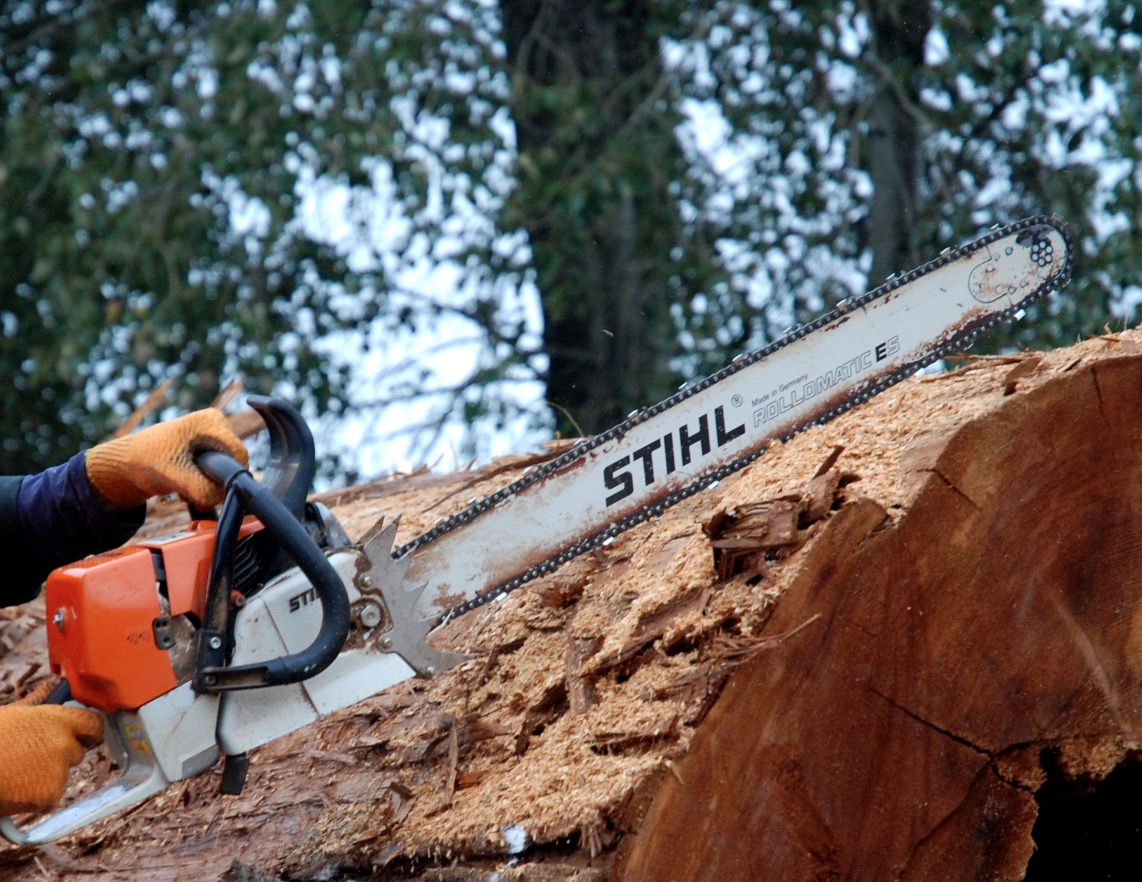 …The forest sector is struggling with recruitment issues and working with everyone from Oregon’s state forester to the Biden administration to address them. …However, without a robust workforce to complete the necessary management at the pace and scale to make a difference, our forest goals are unattainable. …At the federal level, the passage of the Infrastructure Investment and Jobs Act appropriates billions toward climate change solutions and wildfire mitigation, which will significantly help restore forests in Oregon. …But this is only possible with an adequate contractor workforce. President Biden acknowledges
…The forest sector is struggling with recruitment issues and working with everyone from Oregon’s state forester to the Biden administration to address them. …However, without a robust workforce to complete the necessary management at the pace and scale to make a difference, our forest goals are unattainable. …At the federal level, the passage of the Infrastructure Investment and Jobs Act appropriates billions toward climate change solutions and wildfire mitigation, which will significantly help restore forests in Oregon. …But this is only possible with an adequate contractor workforce. President Biden acknowledges 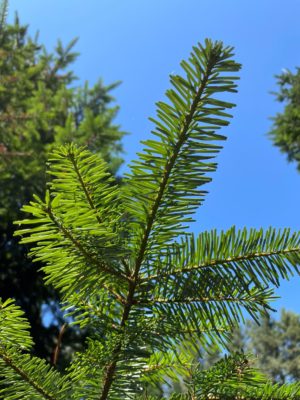 I recently got a message from Sen. Jeff Merkley announcing that he supported more thinning and logging of our forests to reduce large wildfires. … Promoting logging under the guise of reducing large fires is counterproductive. Since climate warming is the primary driver of large wildfires (not fuels), adding to anything that increases drought, high temperatures, low humidity and wind only contributes to more wildfires. There is good paleoclimatic studies showing a correlation between severe drought conditions and wildfire. … Fuel treatments should be strategic and focused primarily near communities and homes. Typically, fuel reductions more than 100 feet from a structure provide no additional protection. Rather than promote more logging of our public lands, we should set aside all these lands as carbon reserves and stop the leakage of CO2 that results from “fuel treatments.”
I recently got a message from Sen. Jeff Merkley announcing that he supported more thinning and logging of our forests to reduce large wildfires. … Promoting logging under the guise of reducing large fires is counterproductive. Since climate warming is the primary driver of large wildfires (not fuels), adding to anything that increases drought, high temperatures, low humidity and wind only contributes to more wildfires. There is good paleoclimatic studies showing a correlation between severe drought conditions and wildfire. … Fuel treatments should be strategic and focused primarily near communities and homes. Typically, fuel reductions more than 100 feet from a structure provide no additional protection. Rather than promote more logging of our public lands, we should set aside all these lands as carbon reserves and stop the leakage of CO2 that results from “fuel treatments.”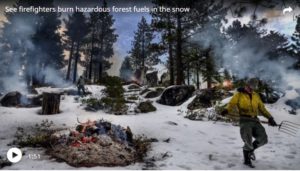 NORTHERN CALIFORNIA — The Stanislaus National Forest has issued a detailed plan for reducing wildfire fuel [,using] logging, prescribed burning and other measures across 118,808 acres. …The plan reflects a consensus among local environmentalists, the timber industry and other partners about over-dense forests. The goal is a mosaic of treated and untreated patches that helps keep small blazes from exploding into disasters. …The work will provide logs to Tuolumne County sawmills while enhancing a Stanislaus River watershed … The initial work in 2022 will be funded by a $5 million grant awarded in August by the California Department of Forestry and Fire Protection. …The logging in the new plan is of smaller trees, not the old growth that environmentalists want to save. The partners include Sierra Pacific Industries, which owns extensive timberland amid the national forest.
NORTHERN CALIFORNIA — The Stanislaus National Forest has issued a detailed plan for reducing wildfire fuel [,using] logging, prescribed burning and other measures across 118,808 acres. …The plan reflects a consensus among local environmentalists, the timber industry and other partners about over-dense forests. The goal is a mosaic of treated and untreated patches that helps keep small blazes from exploding into disasters. …The work will provide logs to Tuolumne County sawmills while enhancing a Stanislaus River watershed … The initial work in 2022 will be funded by a $5 million grant awarded in August by the California Department of Forestry and Fire Protection. …The logging in the new plan is of smaller trees, not the old growth that environmentalists want to save. The partners include Sierra Pacific Industries, which owns extensive timberland amid the national forest.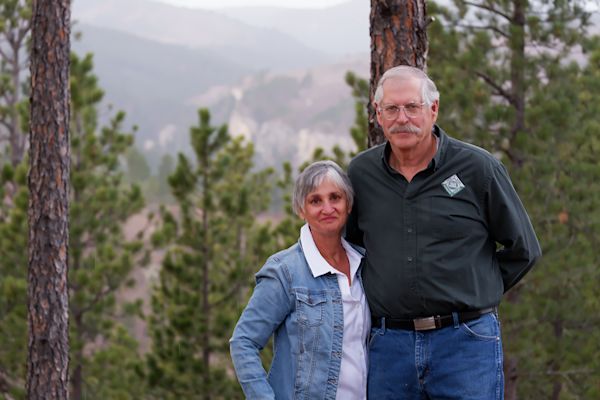
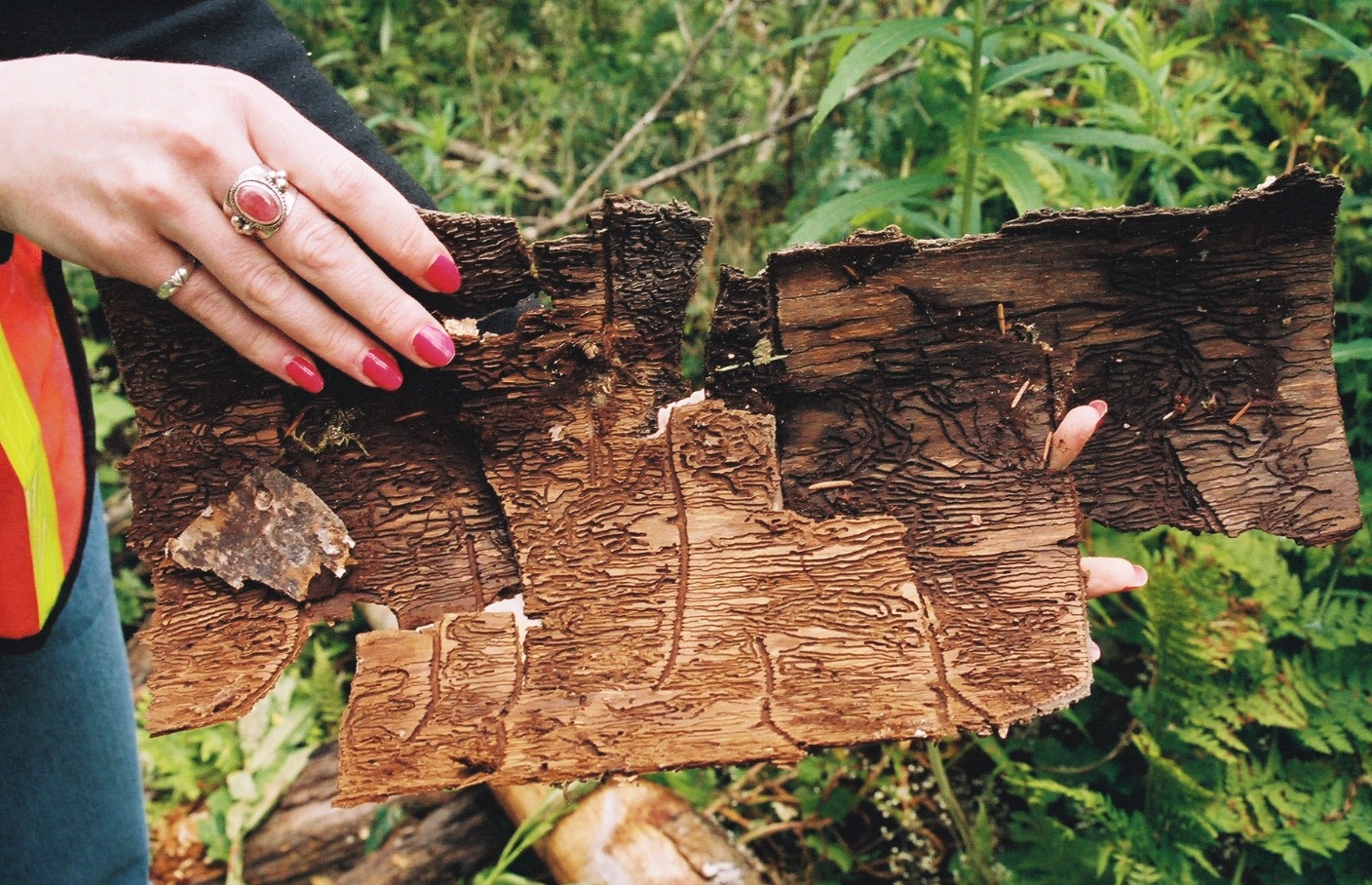 AS HE DROVE
AS HE DROVE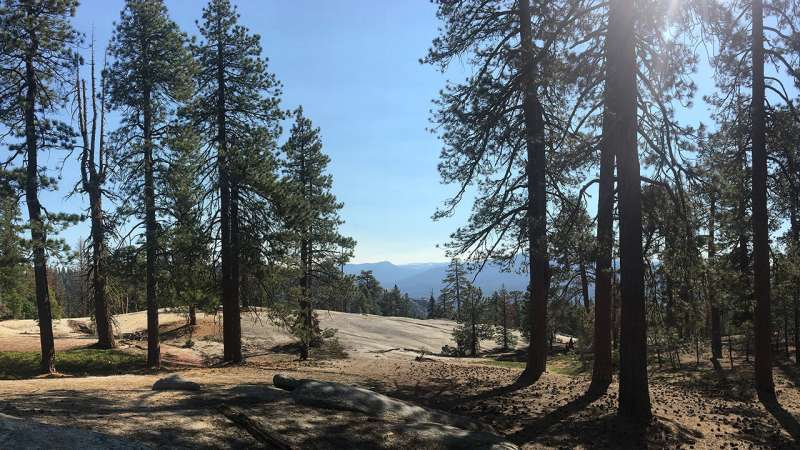
 Wildfire activity generally slows at night as winds die down, temperatures drop and humidity rises. But a
Wildfire activity generally slows at night as winds die down, temperatures drop and humidity rises. But a 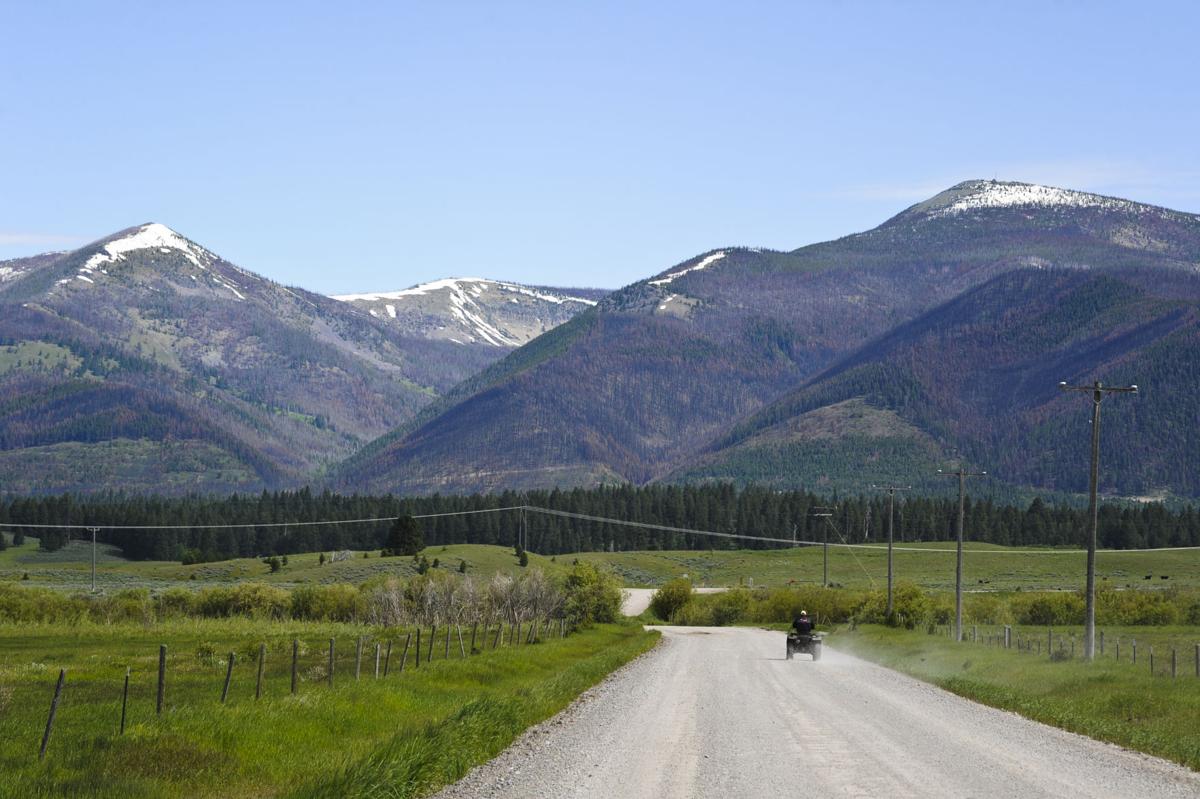
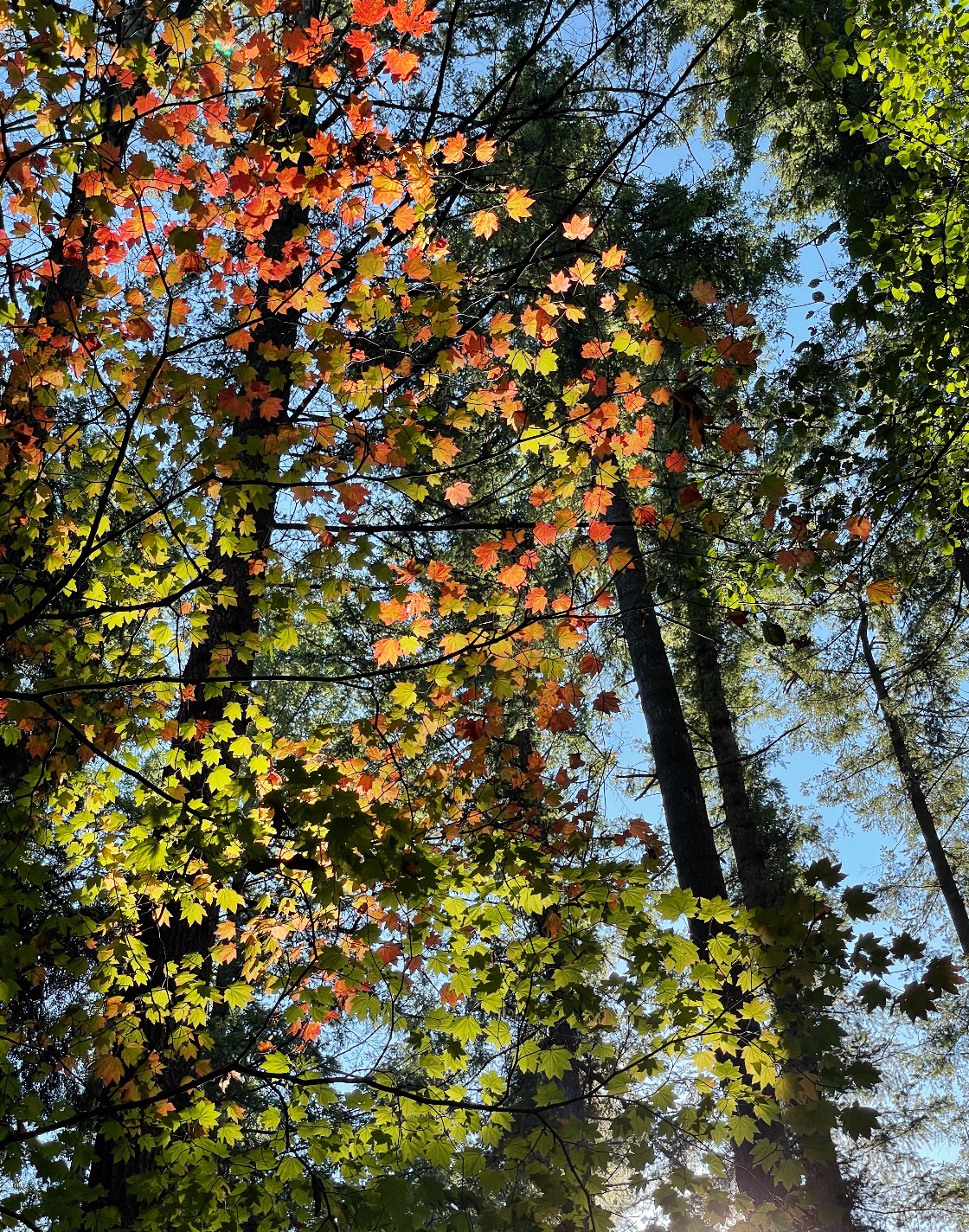 A recent study in Science Advances shows that extreme weather conditions affect species-rich forests less than forests with fewer species. In addition, species-rich forests also produce more wood—largely due to the diversity of functional characteristics among species. This study was conducted by researchers from the German Centre for Integrative Biodiversity Research and the Institute of Botany of the Chinese Academy of Sciences. …The researchers investigated which factors influence the functioning of forests under climatic stress and how these factors interact. They found that species-rich forests are best safeguarded against the effects of climatic stress. For example, if some tree species in a forest grow less due to extreme weather conditions …others can counterbalance the loss. This mechanism stabilizes the overall system and ensures its productivity. They also discovered that species-rich forest stands provide more stable biomass production than monocultures due to protection against weather fluctuation.
A recent study in Science Advances shows that extreme weather conditions affect species-rich forests less than forests with fewer species. In addition, species-rich forests also produce more wood—largely due to the diversity of functional characteristics among species. This study was conducted by researchers from the German Centre for Integrative Biodiversity Research and the Institute of Botany of the Chinese Academy of Sciences. …The researchers investigated which factors influence the functioning of forests under climatic stress and how these factors interact. They found that species-rich forests are best safeguarded against the effects of climatic stress. For example, if some tree species in a forest grow less due to extreme weather conditions …others can counterbalance the loss. This mechanism stabilizes the overall system and ensures its productivity. They also discovered that species-rich forest stands provide more stable biomass production than monocultures due to protection against weather fluctuation. 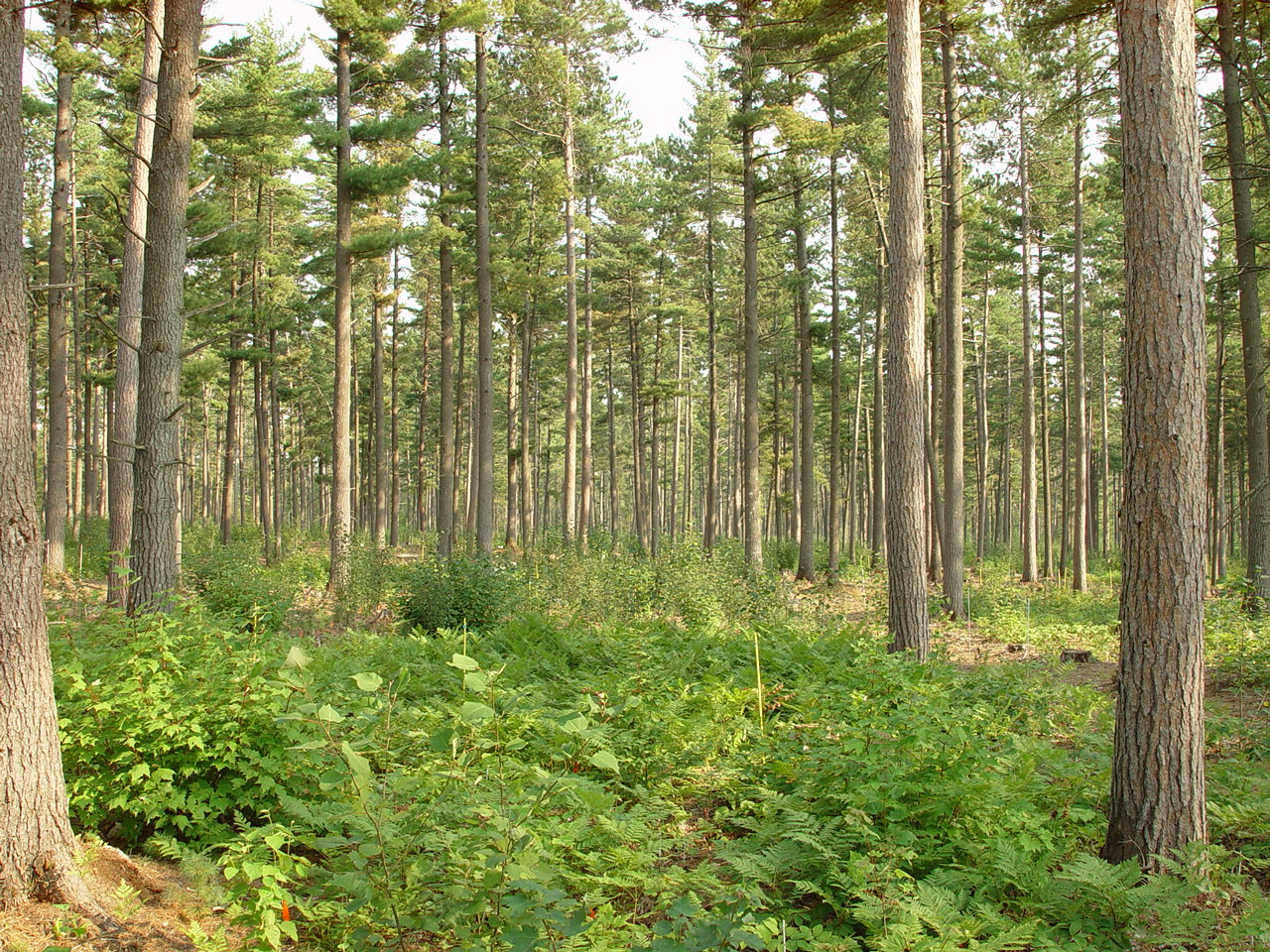 …“Tree health is impacted by soil conditions, the stand structure and the microclimate. [It] is also determined by eco-physiological factors such as sap flow and the regulation of leaf water potential,” says Anja Rammig, a professor of Land Surface-Atmosphere Interactions at TUM. But some key eco-physiological processes cannot be studied retrospectively for dead trees. And, it is difficult to forecast where, when, and which trees are going to die in order to install monitoring equipment ahead of time. The
…“Tree health is impacted by soil conditions, the stand structure and the microclimate. [It] is also determined by eco-physiological factors such as sap flow and the regulation of leaf water potential,” says Anja Rammig, a professor of Land Surface-Atmosphere Interactions at TUM. But some key eco-physiological processes cannot be studied retrospectively for dead trees. And, it is difficult to forecast where, when, and which trees are going to die in order to install monitoring equipment ahead of time. The
